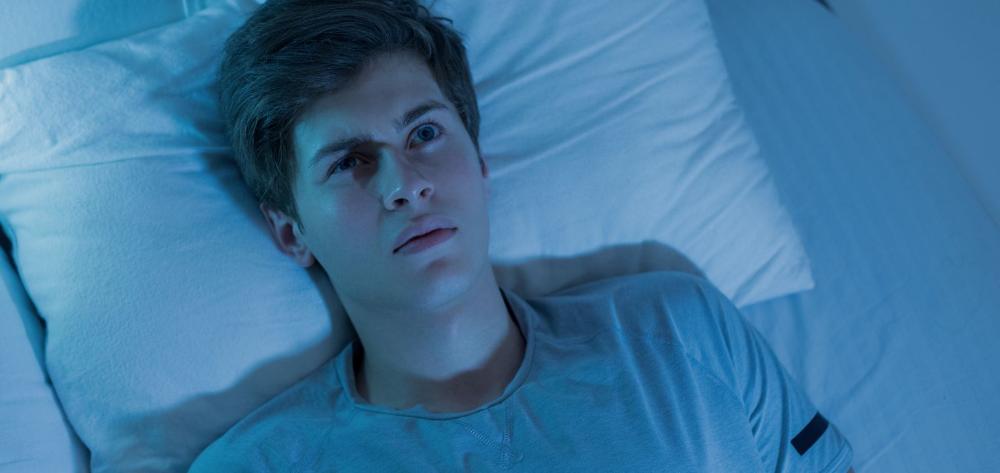
High temperatures alter sleep in aduls, but their impact on the youngest population has not yet been studied. To address this issue, a team from the Global Health Institute of Barcelona (ISGlobal), a center imported by the «La Caixa» Foundation, investigated how High night temperatures affect sleep and day drowsiness in preteenUsing data from two European birth cohorts. The results have been published in International Environment.
The study evaluated sleep patterns in 3,340 preteen (between 10 and 17 years old) of the Dutch study Generation r forks 587 participants (between 10 and 18 years) of the Spanish project Inside. In the Netherlands, the warmest nights were associated with a less duration and elegance efficiencyWhile in Spain no significant effects were observed. Eros findings suggest possible differences between countries in how ambient temperature impacts sleep quality.
Night temperatures in the households of the participants were estimated using the urban climate model Urbcim. The sleep characteristics were measured with a wrist accelerometer, used up to nine nights. The analyzed parameters include the total sleep time, the latency of the sleep (time that takes time to sleep), the time splily after the start of sleep and sleep efficiency.
Most sleep measurements were carried out in spring for RY generation participants in autumn for those of the INMA project, so no data is available during the summer. Diurnal drowsiness was evaluated by self -administered questionnaires, majority in summer for generation and in spring for INMA.
Less duration and elegance efficiency
In the cohort generation R, the highest night temperatures were associated with a reduced in total sleep time, a concrete of 5.5 minutes less for each increase of 5 ° C. Sleep efficiency also decreased with each increase of 5 ° C. These effects were light more pronounced during the warm months and among participants that lived in neighborhoods with lower socio -economic level. They are not associations of significant science with the latency of the dream or with the time sparking after falling asleep.
In the Inma cohort no associations between high night temperatures and sleep quarters in preteens are observed. Nor was effects on diurnal drowsiness on either cohorts.
«Eros results suggest that A population could be more adapted to the heat than another. However, comparisons of these should be interpreted cautiously, since there are differences in the climatic and population context. In Spain, the measurements were made in autumn, when the media temperature of 13.4 ° C, which is explaining the lack of significant associations in the Spanish cohort, ”explains Esmae EssersIslobal researcher and first author of the study.
«Our findings indicate that Climate change could affect the quality of sleep in preteen negativewhich underlines the need for strategies to protect night rest. These measures can range from individual interventions, such as the use of adequate bedding or cooling techniques, to broader social measures, such as improving housing and implementary conditions Mònica GuxensICREA researcher in Isglobal and senior author of the study. Reducing exposure to night heat from an early age could help a negative effects a long term on physical and mental health, ”he adds.
Reference
Essers, E., Granés, L., Botella, N., Petricola, S., González-Safont, L., Arreti, A., Vegas, O., Vrijheid, M., Iñiguez, C., El Marou, H., Tiemerier, H., Guxens. M. High temperature and sleep exposure in preteens of two European birth cohorts. DOI: 10.1016/J.envint. 2025.109543





.jpg/a9c379bc-ee61-6c7c-1cab-95ffe3862b6f?version=1.0&t=1762184887946&imagePreview=1)
